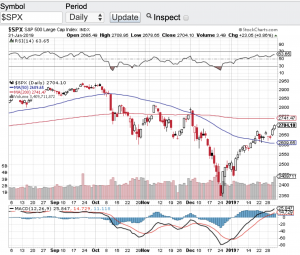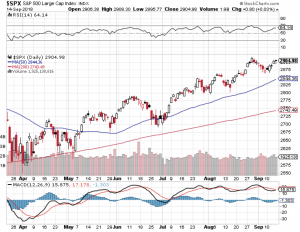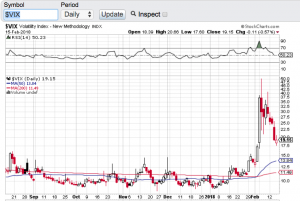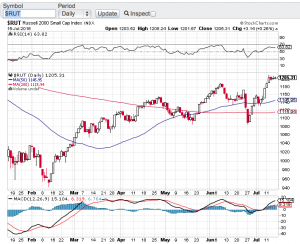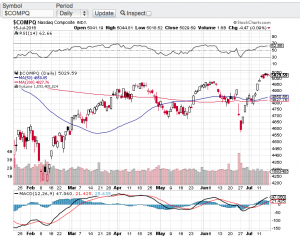Stocks took off this week and we can blame earnings and the Fed! Now that we are fully into earnings reporting season the investors so far have liked what they see. Couple that with the Federal Reserve coming out on Wednesday stating that the central bank is “changing its tune” on interest rates, and you have a one-two bull market punch. Also on Wednesday, Fed Chairman Powell stated “the case for raising rates has weakened somewhat” and that the Federal Reserve will be more patient toward further rate hikes. Stocks rallied hard on the Fed’s new position along with stronger than expected earnings reports that are coming in from corporate America. For the month of January, The Dow Jones Industrial Average (see chart here) is up over 2000 points, the S&P 500 (see chart below) is also up over 200 points, the Nasdaq Composite (see chart here) is up 800 points and the small-cap Russell 2000 (see chart here) closed out the month of January up 175 points. January 2019 has been one of the best performing months in years.
Let’s take a look at the technical shape of the markets from a moving averages perspective. The Dow Jones Industrial Average (chart) has just broken through its 200-day moving average, while the S&P 500 (chart) and the Nasdaq Composite (chart) are both sitting on its 100-day moving average and the small-cap Russell 2000 (chart)is not too far behind. There are still plenty of earnings reports that will be released over the next few weeks and to me this is the remaining catalyst that could drive stocks higher here in the short term. Let’s keep in mind there are still other catalysts on the horizon that could put the brakes on this most recent rally with the government having yet another deadline to reach a deal on border security and of course the looming tariff deal with China. If one or both of these deals do not get done, I think we will be having a different conversation in March. Until then, let’s enjoy the current wave of positive news and market action and then see what kind of adjustments that would possibly need to be made. Good luck to all 🙂
~George
